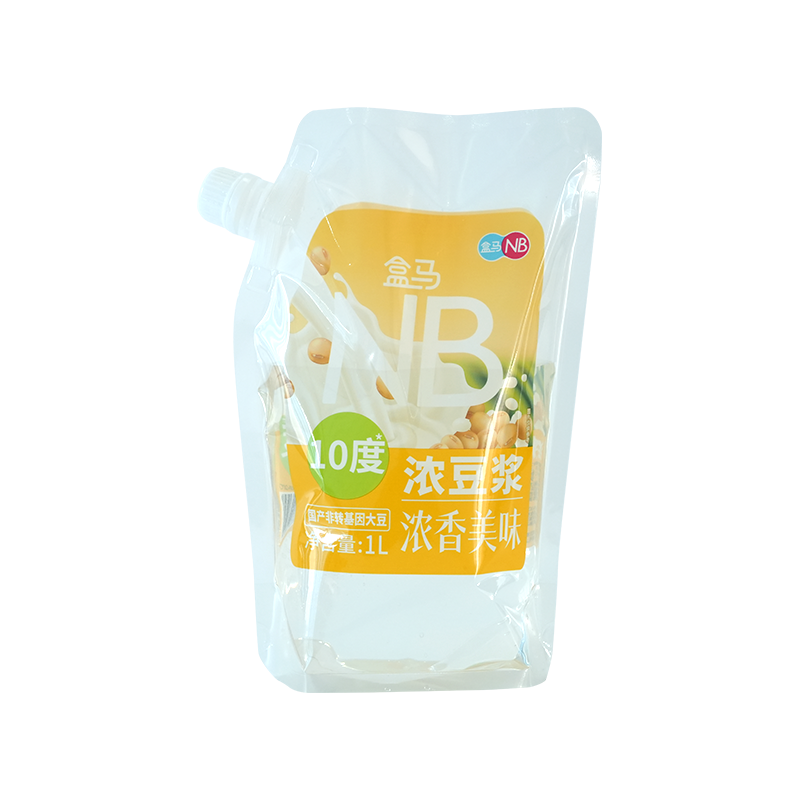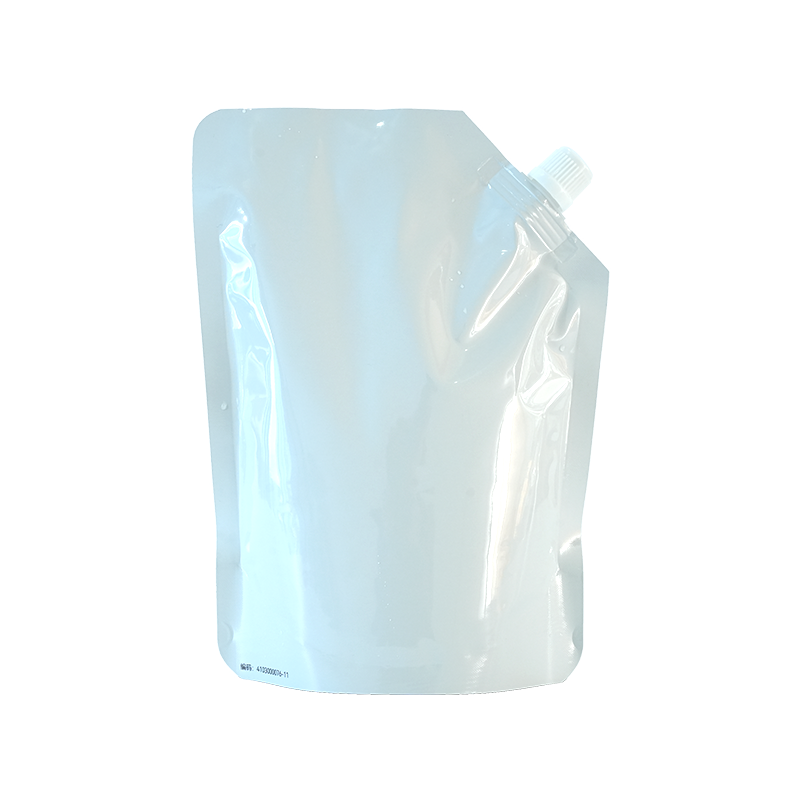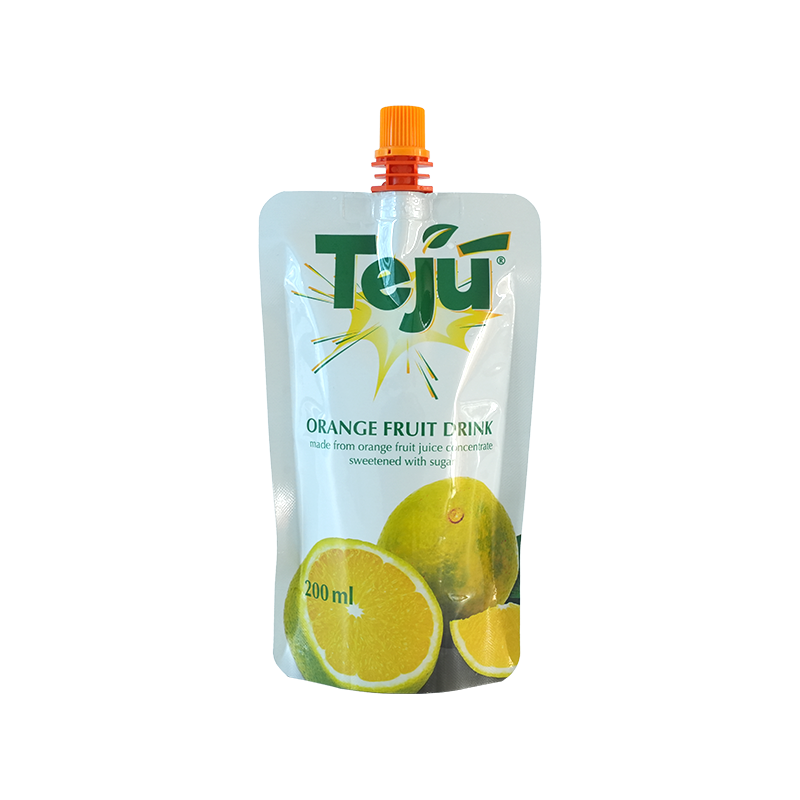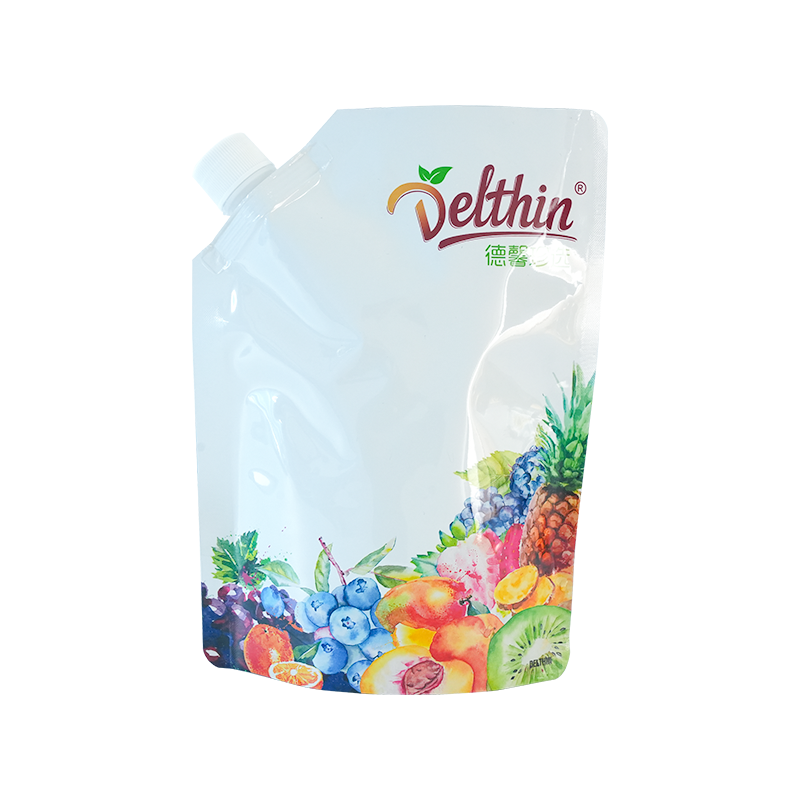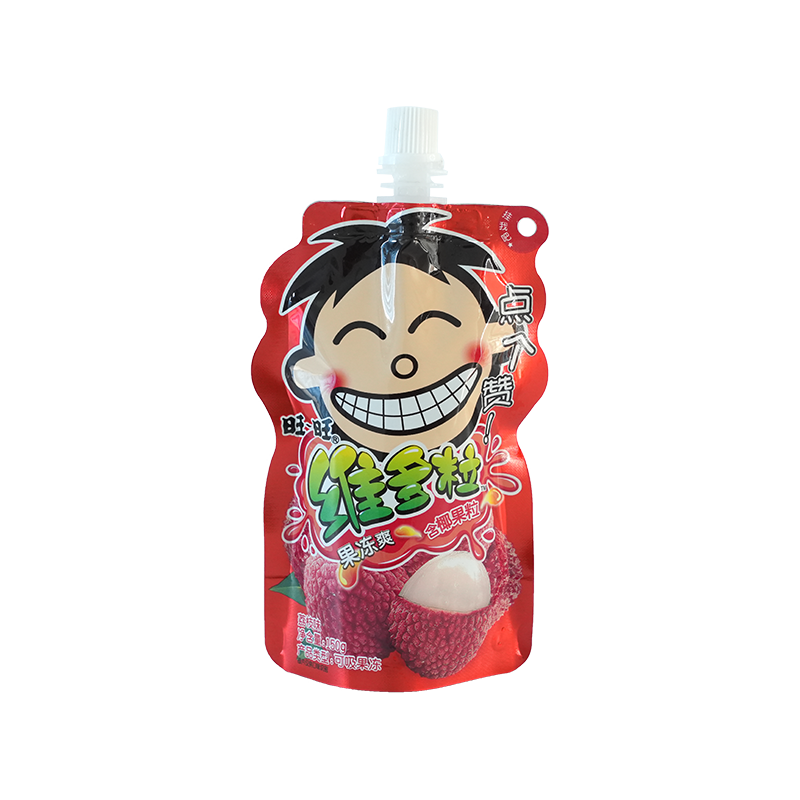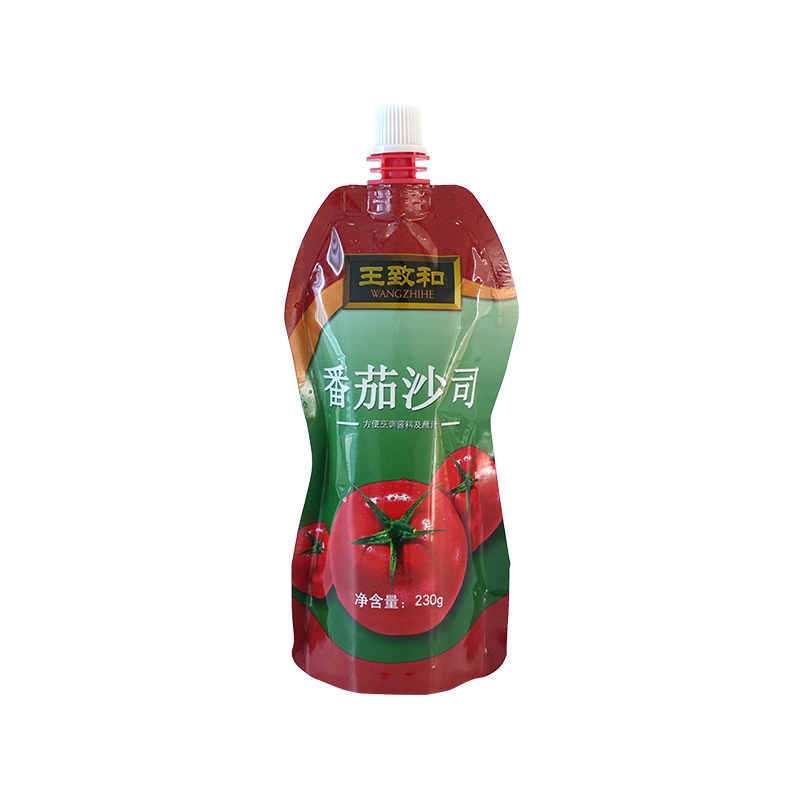Introduction: The Critical Role of the Sealing Film in Yogurt Packaging
In the highly competitive dairy aisle, a yogurt product has mere seconds to make an impression on a potential buyer. While the yogurt itself is the primary product, its packaging is the indispensable silent salesman. The container, typically a polystyrene (PS) cup, provides the structure, but it is the yogurt ps cup sealing film that serves as the primary canvas for branding and the critical barrier for protection. This thin, often overlooked layer is a marvel of engineering, tasked with a dual mission: preserving the product’s freshness, safety, and quality while simultaneously acting as a vibrant, high-impact marketing vehicle. For wholesalers, buyers, and packaging specifiers, understanding the intricacies of this component is not a minor detail; it is fundamental to ensuring market success, minimizing production inefficiencies, and protecting brand reputation.
The selection of a sealing film goes far beyond simply choosing a material that adheres to the cup. It involves a careful balancing act between functional performance and aesthetic appeal. Two of the most critical, and often interconnected, aspects of this selection process are clarity and printability. Superior clarity ensures the product is presented in its most appealing light, allowing the consumer to see the quality and texture of the yogurt, perhaps even hinting at fruit preparations or inclusions beneath the surface. Exceptional printability guarantees that brand logos, nutritional information, and enticing visuals are rendered sharply, consistently, and durably.
Understanding the Base Material: The Foundation of Performance
Before delving into the specific features of clarity and printability, it is essential to understand the base substrate, as its properties form the foundation for all subsequent performance characteristics. The most common material used for yogurt lid film is a multi-layer co-extruded film, with each layer serving a distinct purpose.
The typical structure includes a print layer, which is designed to accept inks and provide a solid surface for graphics; a core barrier layer, often incorporating materials like ethylene vinyl alcohol (EVOH) or polyvinylidene chloride (PVDC) to provide the essential oxygen barrier that prevents spoilage and maintains product integrity; and a sealant layer, a thermally reactive polymer that bonds securely to the rim of the polystyrene cup during the induction sealing process to create a hermetic tamper-evident seal. This multi-layer approach allows manufacturers to optimize each stratum for its specific task, whether it is achieving brilliant high-definition printing, ensuring an impenetrable barrier, or guaranteeing a leak-proof seal.
The choice of materials and the precision of the co-extrusion process directly influence the film’s inherent clarity and its suitability for various printing technologies. A poorly formulated or inconsistently manufactured film will exhibit inherent haze, yellowing, or optical distortions that no amount of superior printing can overcome. Therefore, the quest for optimal clarity and printability begins with sourcing films from producers who demonstrate mastery over material selection and layer engineering, ensuring a pristine and consistent base substrate.
The Imperative of Optical Clarity: Presenting the Product Perfectly
Clarity in a yogurt ps cup sealing film is not merely an aesthetic preference; it is a functional attribute that directly influences consumer perception and trust. A crystal-clear film acts as a window, offering an unobstructed view of the product within. This is particularly important for fruit-on-the-bottom styles, whipped yogurts, or those with visible inclusions, where the product itself is a key visual selling point.
Key Clarity Characteristics to Evaluate
When assessing the optical properties of a sealing film, several specific features must be considered:
Haze is a measurement of the percentage of light that is scattered as it passes through the film. A high haze value results in a cloudy or milky appearance, obscuring the product’s view and often giving the impression of lower quality. A premium yogurt ps cup sealing film will have an exceptionally low haze percentage, typically well below 5%, ensuring brilliant transparency. Gloss measures the surface’s ability to reflect light in a specular direction. A high-gloss finish provides a shiny, premium appearance that enhances the visual appeal of the entire package under retail lighting conditions. It makes colors appear more vibrant and deep, contributing significantly to the shelf impact.
Furthermore, low distortion is a critical yet often overlooked aspect. The film must be optically uniform and free from imperfections like gels, streaks, or “orange peel” texture that can warp the view of the product underneath. This requires extremely consistent manufacturing controls during the extrusion and cooling processes. Any inconsistency can create visual noise that distracts the consumer from the product. The combination of low haze, high gloss, and minimal distortion creates a powerful visual presentation, assuring the consumer of the product’s freshness and quality before the seal is even broken.
The Science of Printability: Ensuring Brand Integrity and Visual Appeal
Printability refers to the film’s ability to accept and retain printed inks, resulting in sharp, durable, and consistent graphics. This is where the yogurt ps cup sealing film transforms from a simple barrier into a brand communication tool. The requirements for printability are multifaceted and must be evaluated from the perspective of both the printer and the end-user.
Surface Energy and Treatment
A fundamental prerequisite for effective printing is adequate surface energy, often measured in dynes per centimeter. Polymer films like polypropylene and polyester have naturally low surface energy, which causes inks and adhesives to bead up rather than lay down evenly—a phenomenon known as poor wetting. To combat this, the film surface undergoes a corona treatment or, less commonly, a flame treatment. This process momentarily raises the surface energy by oxidizing the top molecular layer, creating sites for the ink to anchor itself mechanically and chemically.
For a yogurt lid film, a consistent and effective surface treatment is non-negotiable. The treatment level must be high enough to ensure excellent ink adhesion but not so high that it degrades the film’s surface or creates other problems. It is also crucial that this treatment is uniform across the entire web of film and remains stable throughout its shelf life before printing. An inconsistent treatment will lead to uneven ink laydown, resulting in patchy graphics and poor print quality that can diminish the perceived value of the brand.
Ink Adhesion and Resistance
Once applied, the ink must adhere tenaciously to the film surface. Strong ink adhesion prevents the graphics from scratching, scuffing, or flaking off during subsequent processing steps like rewinding, slitting, and transportation. It also ensures the information remains legible throughout the product’s journey to the consumer and its time in the refrigerator. Adhesion is tested through standard tape tests, where specialized tape is applied to the printed surface and ripped off; minimal ink transfer to the tape indicates superior adhesion.
Furthermore, the printed film must demonstrate excellent resistance properties. This includes moisture resistance, to prevent inks from running or smudging if condensation forms on the package, and chemical resistance, particularly to the fats and acids present in the yogurt itself. Although the ink is on the outside, any potential for migration of ink components or a reaction that causes the print to degrade is unacceptable. A high-quality film will provide a stable base that, when paired with the correct inks, offers complete durability and safety.
The Interplay Between Printing Technologies and Film Properties
The choice of printing technology—whether flexography, gravure, or digital—has a significant bearing on the required properties of the yogurt ps cup sealing film. Each method has its own unique demands and advantages.
Flexographic printing is widely used in the packaging industry for its versatility and cost-effectiveness for medium to long runs. It uses flexible photopolymer plates and low-viscosity inks. The film must have a very smooth and consistent surface to ensure that the tiny dots (halftones) that make up the image are transferred perfectly without distortion. Any surface imperfection can lead to skipped dots or uneven ink density.
Gravure printing, known for its exceptional image quality and consistency for very long runs, employs engraved cylinders. It lays down a thicker ink film, which can produce incredibly vibrant colors and fine details. The yogurt ps cup sealing film must have excellent dimensional stability to withstand the tension of the web press and must be compatible with the solvents used in gravure inks to avoid surface issues.
Emerging digital printing technologies offer unparalleled flexibility for short runs and customization without the need for printing plates. These systems often use UV-curable inks. The film must be specifically formulated to work with these inks and the UV curing process, ensuring immediate cure and adhesion without inhibiting the sealant layer’s performance. The interaction between the film’s surface and the printing technology is a critical partnership that dictates the final aesthetic outcome and production efficiency.
Functional Considerations Impacting Aesthetics
The performance of the yogurt ps cup sealing film is not limited to looking good on the shelf; it must function flawlessly on the packaging line and in the consumer’s hands. Several functional aspects have a direct impact on the clarity and printability of the final package.
The heat seal layer must activate at the correct temperature and pressure to form a perfect bond with the PS cup rim. If the sealing parameters are incorrect, or the film is not formulated correctly, it can lead to wrinkling or distortion of the film around the seal area. This not only compromises the seal’s integrity but also creates an unsightly appearance, distorting any printed graphics near the cup’s edge and detracting from the product’s premium image.
Similarly, the process of peelability is a key consumer interaction point. The film must peel cleanly and smoothly, without delaminating or leaving residual film on the cup. A “stringy” or difficult peel frustrates consumers and can damage the brand experience. The peel force must be consistent across all cups in a production run. The printing and lamination processes must not adversely affect this delicate balance, ensuring that the inks and top layers flex and peel in unison with the sealant layer without cracking or separating.
Specification and Quality Assurance for Buyers
For wholesalers and buyers, translating these technical features into a reliable specification is crucial for ensuring consistent quality. Partnering with a supplier who provides comprehensive technical data sheets is the first step.
| Feature | Key Metric to Specify | Why It Matters |
|---|---|---|
| Optical Clarity | Haze: < 4-5% | Ensures a clear, unobstructed view of the product. |
| Surface Gloss | 85+ units (at 45°) | Provides a shiny, premium appearance under retail lights. |
| Surface Energy | 38-42 dynes/cm (after treatment) | Guarantees excellent ink adhesion for sharp graphics. |
| Seal Integrity | Consistent peel strength (e.g., 3-7N/15mm) | Ensures a tamper-evident seal that opens easily without failure. |
| Barrier Properties | Oxygen Transmission Rate (OTR) | Protects yogurt from oxidation, preserving flavor and shelf life. |
Beyond the datasheet, implementing a rigorous quality control protocol is essential. This should include visual inspections for haze, gloss, and surface defects upon receipt of film rolls. Periodic testing of ink adhesion via tape tests and monitoring of seal performance on production lines are necessary practices. Before committing to a large order, it is highly advisable to run a production trial. This trial will assess the film’s performance on specific filling and sealing machinery, its interaction with the chosen printing method, and the final consumer experience of the peel. This hands-on testing is the most reliable way to validate that a yogurt ps cup sealing film meets all functional and aesthetic requirements.

